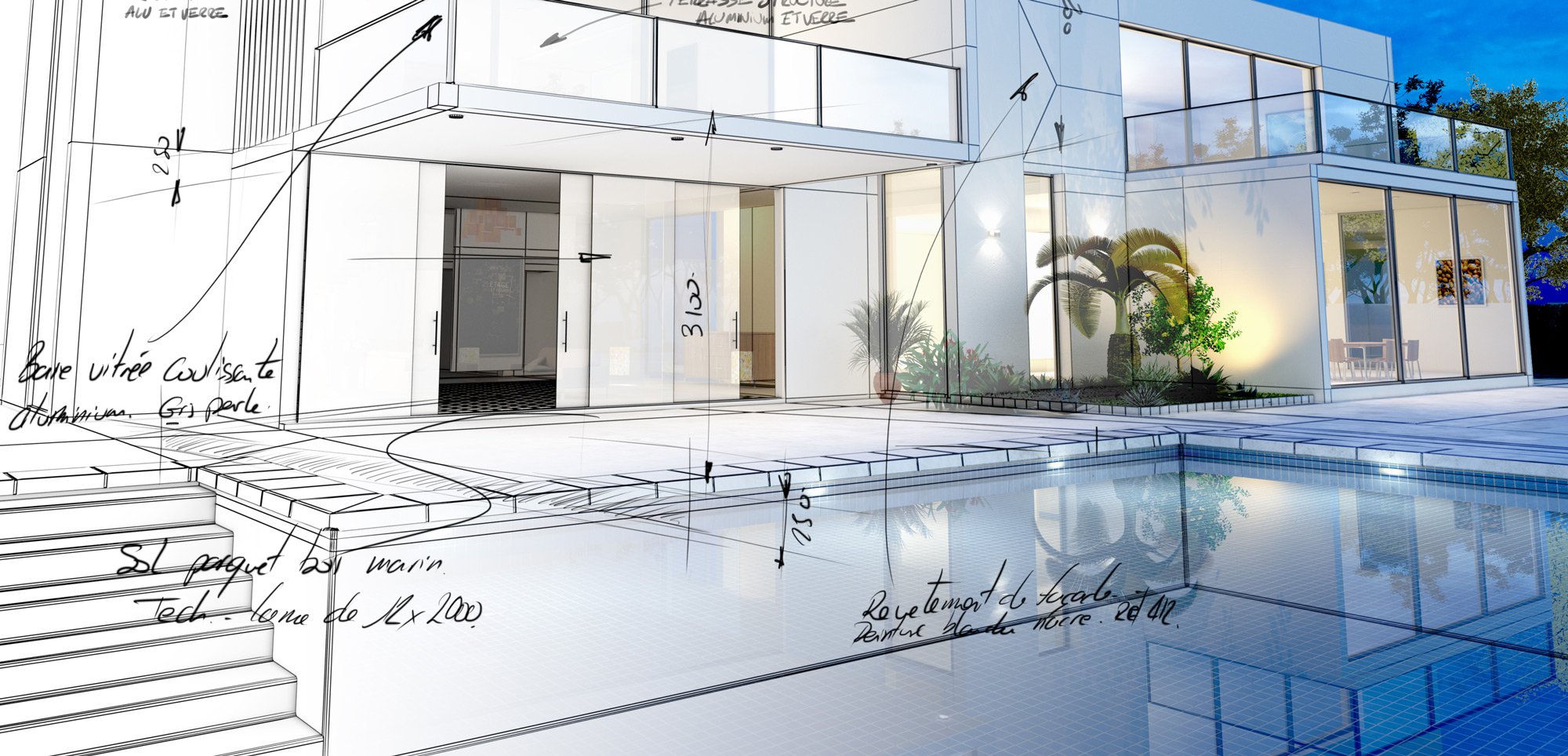Deciding where to locate your pool requires thought and planning. This article provides information regarding council restrictions and other factors that may affect your pool’s location.
What council restriction and building regulations may affect me?
Council requirements and building regulations can limit where your pool is located.
These regulations primarily protect people, property and the environment, and include;
- Easements
- Fencing
- Town planning
- Heritage overlays
- Flood overlays
- Tree protection overlays
- Setbacks
- Environmental issues
You’ll need to check with your local council’s planning office to find out if any restrictions for the construction of a swimming pool apply to your property.
What access will I need?
Standard access is around 2.2m in width and 2m in height. It is important to establish the available access to provide an accurate costing. Restricted access (less than 2.2m) requires smaller equipment and increases excavation times. This will be reflected in your price.
How will existing structures affect pool location?
The stability of nearby structures can be affected by a pool excavation. These structures must be considered before a building permit can be issued. If construction is likely to undermine foundations or cause damage to underground structures, then Bespoke Pools will assist with viable solutions.
What site conditions will affect where I build my pool?
Soil type: A soil test will provide indicative information regarding sub surface conditions. Some soil types may require additional foundation work to stabilise your pool. If rock is present, then additional costs may be incurred due to extra time required in its removal.
Service lines: Before a site visit, it’s wise to identify the location of underground services and/or easements. If required, most underground services (not within an easement) like sewer, gas and storm water can be redirected by a plumber. Alternatively, you can relocate your pool.
Site levels: Sloping sites may require levelling, or the concrete pool structure may need additional formwork or engineering to out of ground sections of the swimming pool.
Trees: In some areas trees are protected. Excavations in close proximity to trees may interfere with root systems. If the tree is on an adjacent property and the critical root zone is likely to be damaged, then obtaining a building and/or planning permit may become an issue.
Even with less than ideal conditions, some careful consideration to your pool’s location, design and landscaping can overcome most issues and result in something truly unique.
If possible, we recommend you seek the services of a professional landscape designer. Together you can explore how to get the most out of your pool and outdoor living space.

